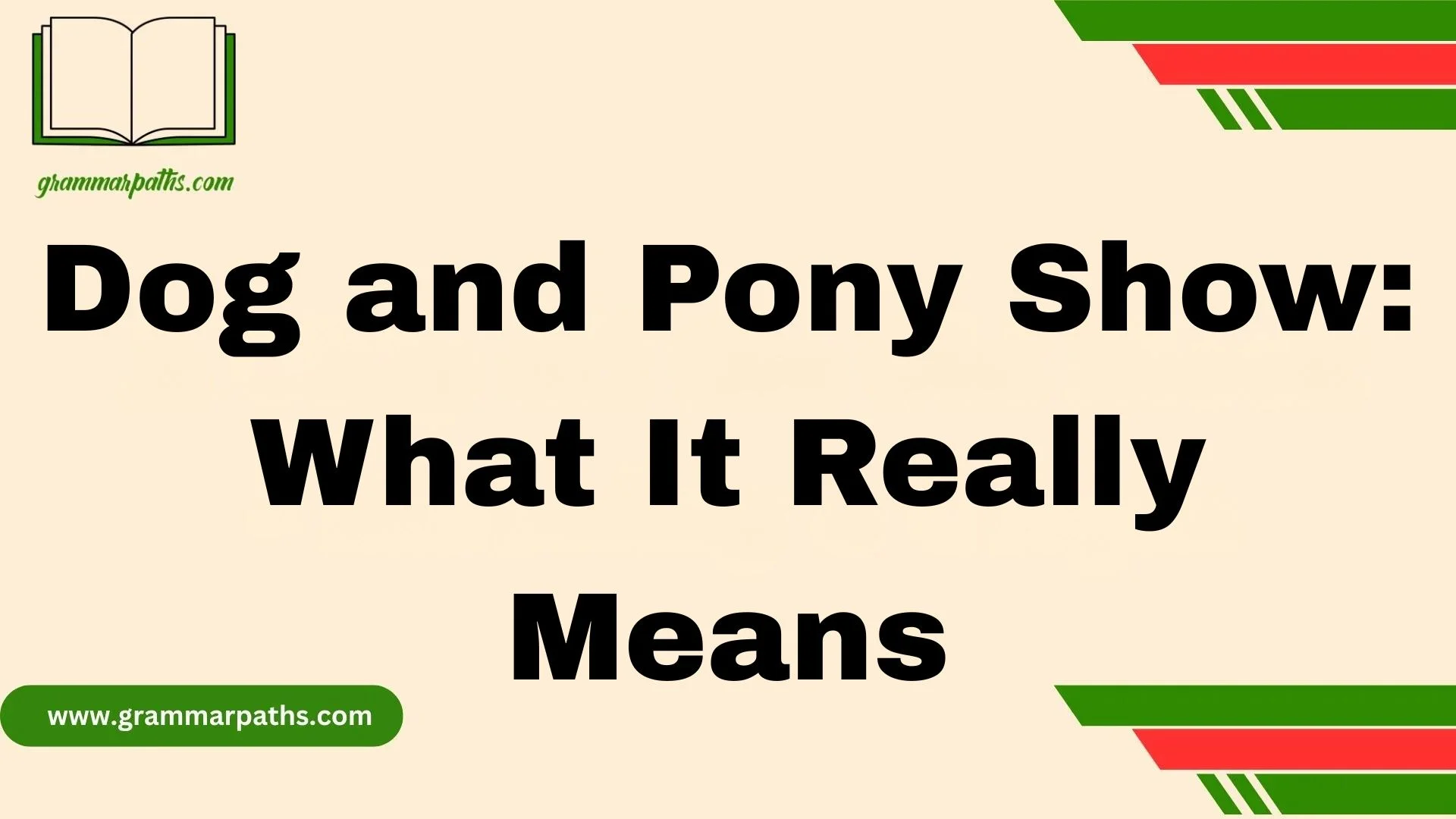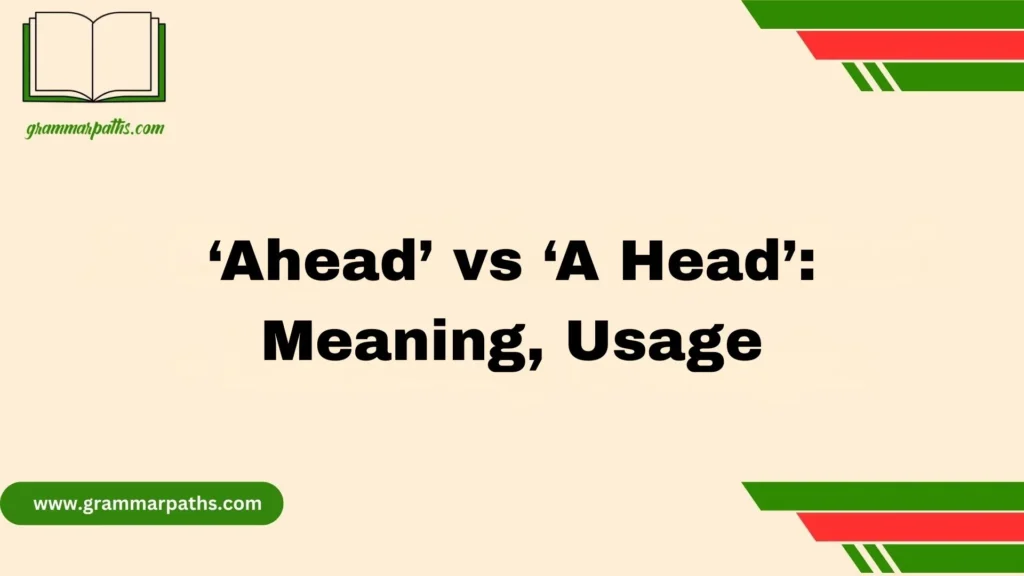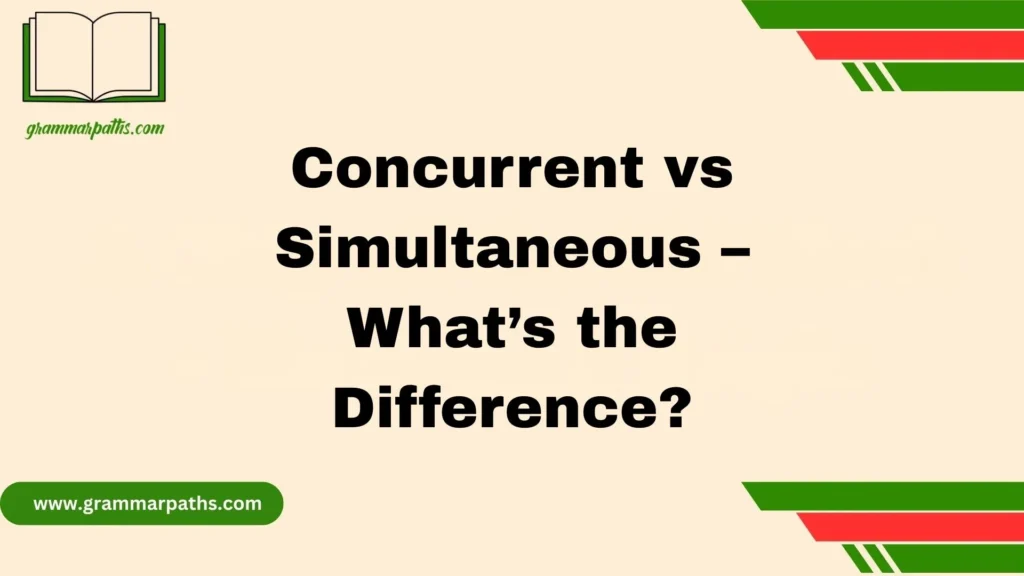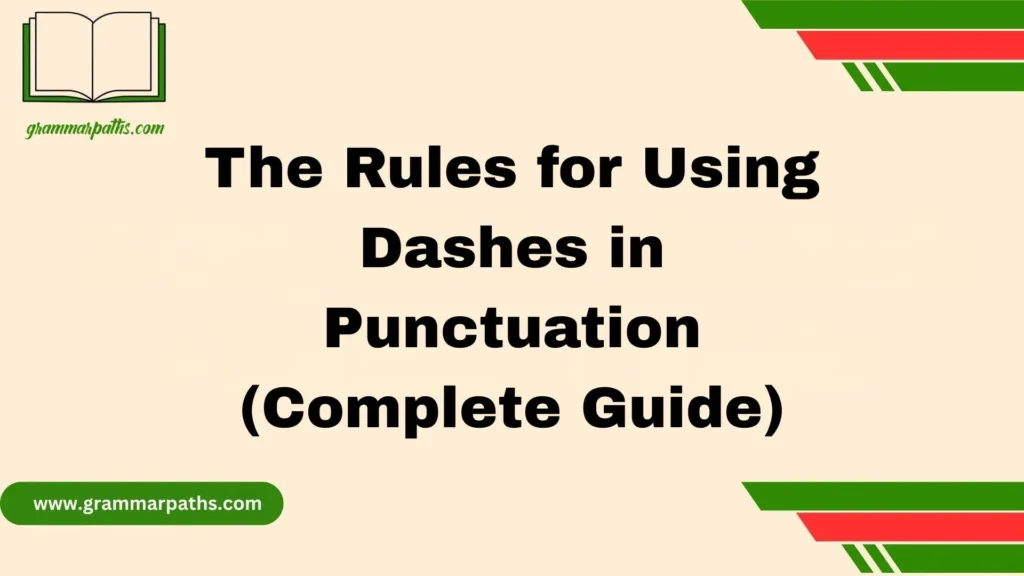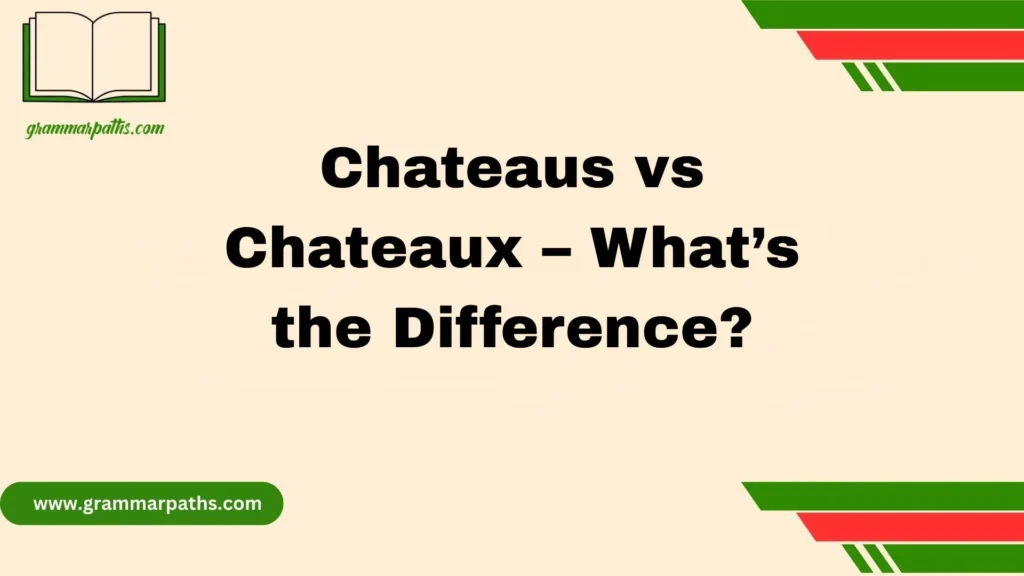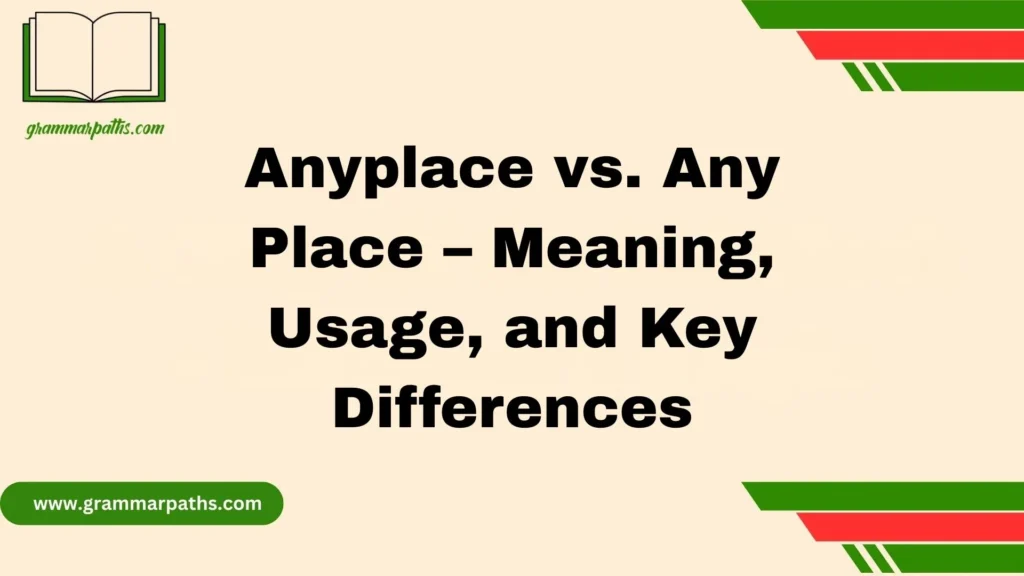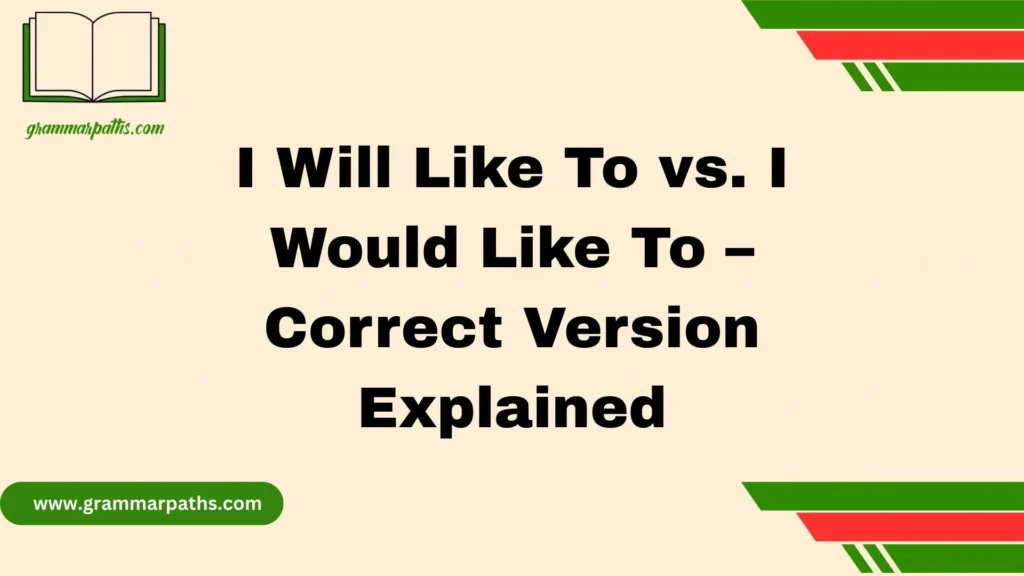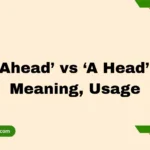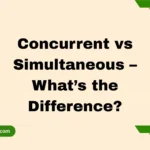The first time I heard the phrase Dog and Pony Show: What It Really Means, I was sitting in a corporate meeting full of flash, optics, and presentation. The lights dimmed, and a well-dressed manager stood in front of slick decks, speaking with polished ease, but as the speech continued, I noticed the substance was missing.
It reminded me of 19th-century traveling acts, where animals like dogs and ponies performed tricks to dazzled crowds in rural towns—not unlike today’s business world. Everything looked good, but behind the curtains, the message was shallow, almost empty. In academic classrooms and political debates, I’ve seen the same – stylish but misused efforts that shine without real value. It’s all entertainment, heavy on style, light on results.
This modern expression has become a way to critique overly performative events, often used tongue-in-cheek to point out when we’re just watching performance, not progress. I’ve personally had to unpack the irony in these situations, especially during debates or boards full of rehearsed speeches meant to look impactful, but with no real depth. The phrase takes center stage when things only look serious.
Whether in politics, business, or academia, it always begins the same—behind the curtain, it’s just a show of showmanship, where no one truly listens, and everyone is just performing.
What Does “Dog and Pony Show” Actually Mean?
At its core, a dog and pony show refers to a presentation or event that’s more about impressing people with appearances than delivering real value or truth.
It’s usually used negatively or sarcastically — to describe situations that feel overly polished, fake, or staged. Think of it as a “performance” rather than a genuine interaction.
Key Characteristics of a “Dog and Pony Show”:
- Over-scripted or rehearsed
- Visually flashy but lacking substance
- Designed to manipulate or distract
- Often feels forced or inauthentic
Common Synonyms:
- Smoke and mirrors
- All sizzle, no steak
- Putting on a show
- Fluff and flair
- Window dressing
Here’s how the phrase sounds in real-life usage:
- “That investor pitch? Just a dog and pony show for the cameras.”
- “The senator’s hearing was nothing more than a political dog and pony show.”
- “They spent weeks preparing a dog and pony show for the client instead of fixing the actual problem.”
So, where did this weird phrase come from?
The Origin of “Dog and Pony Show”
The expression goes back to the late 1800s in the United States, during a time when traveling circuses and small-time vaudeville acts were popular across rural America.
Many of these low-budget acts couldn’t afford elephants or trapeze artists, so they used animals that were cheaper and easier to train — dogs and ponies.
These shows were designed to entertain and impress, but they were usually more style than substance. Over time, the term became a metaphor for any overproduced or superficial display, especially ones designed to influence an audience.
The earliest written use of the phrase dates back to the 1920s, but it likely started as circus slang before spreading into everyday language.
How the Phrase Evolved Over Time
From the circus tent to the boardroom, the phrase “dog and pony show” gradually changed its meaning.
Timeline of Evolution:
| Time Period | Usage Evolution |
| Late 1800s | Traveling variety shows with trained dogs and ponies |
| Early 1900s | Used in theater and live entertainment as a joke |
| 1950s–1970s | Adopted in business and military circles to describe rehearsed briefings |
| 1980s–2000s | Became part of political jargon, especially during campaign seasons |
| Today | Common in corporate, political, and media contexts as a negative critique of performative events |
The phrase took on a life of its own because it perfectly captured the growing frustration with events that look good on the outside but are hollow on the inside.
Why the Term “Dog and Pony Show” Stuck Around
So why didn’t this phrase disappear like so many other old idioms?
Simple: because it still fits.
In today’s world of high-pressure presentations, political theater, and overhyped marketing, we constantly encounter situations where style overtakes substance. The term “dog and pony show” gives people an easy way to call it out.
It also resonates emotionally — we’ve all been in situations where something felt scripted, phony, or “for show.”
Whether it’s a job interview, a product demo, or a political rally, this idiom paints a vivid picture of what it feels like when things are more about optics than outcomes.
Real-Life Examples of “Dog and Pony Show” in Action
Let’s take a look at how this idiom plays out across industries.
Common Contexts and Examples:
| Industry | Example Situation | Why It’s Called a “Dog and Pony Show” |
| Business | A startup pitching a half-finished app | Flashy pitch deck, no working product |
| Politics | A hearing that’s more about TV than truth | Scripted soundbites, no real accountability |
| Tech | A product launch for a minor update | Lights, music, drama — but the tech is old |
| Legal | A trial staged for media impact | Public display, private settlement expected |
| Sales | Overproduced sales demos with fake data | Glossy presentation, unrealistic expectations |
These events often involve big visuals, impressive speeches, or well-dressed executives — but underneath it all, there’s not much to hold onto.
Is It Always Insulting?
Not always — but most of the time, yes, it’s used in a critical or mocking tone.
When It’s Negative:
- Suggests dishonesty or manipulation
- Implies someone is trying too hard to impress
- Often used to dismiss or undermine an event
When It’s Neutral or Even Positive:
- Rare, but it can mean “well-polished” or “carefully planned” — especially if the audience knows it’s a performance
- Example: “They put on a great dog and pony show for the investors — and it worked.”
Tone is everything. In writing or speech, how you say it changes how it’s understood.
How to Use “Dog and Pony Show” Correctly
Here are some examples to help you use it naturally and correctly:
Example Sentences:
- “The company spent $50,000 on a dog and pony show instead of fixing customer complaints.”
- “That whole press conference was clearly a dog and pony show for the cameras.”
- “Let’s skip the dog and pony show and get to the real numbers.”
Usage Tips:
- Use it after the fact or as commentary — not during the event itself
- Best for informal conversations, not formal writing
- Works well in criticism, satire, or sarcasm
Related Idioms and Better Alternatives
If you want to switch it up, here are some other phrases that carry a similar message — each with its own tone and shade of meaning:
| Idiom | Meaning | Tone |
| Smoke and mirrors | Deliberate deception | Critical |
| All show, no go | Impressive appearance, no action | Informal |
| All hat, no cattle | Big talk, no results | Southern US, informal |
| Putting on a show | Trying hard to impress | Neutral |
| Window dressing | Superficial improvements | Corporate/neutral |
These can help you express the same idea in different ways — depending on how bold or subtle you want to be.
Cultural and Industry Impact
The phrase has become deeply embedded in American workplace culture, especially in these three areas:
1. Corporate Presentations
- Sales pitches
- Product demos
- Executive briefings
- Internal “all-hands” meetings
Often, companies spend more time on the visuals than the actual strategy. The result? A dog and pony show.
2. Political Campaigns
- Debates, hearings, speeches
- Town halls designed for TV, not discussion
Critics often accuse politicians of putting on a show instead of doing real work.
3. Media and PR
- Press events full of buzzwords and branding
- Celebrity activism that feels more PR than impact
In short, the phrase captures our growing distrust of performance-based persuasion.
Why the Phrase Still Matters Today
In a world where content is curated, speeches are scripted, and images are airbrushed, the phrase “dog and pony show” still hits hard.
It warns us to look beneath the surface — to ask, “What’s really going on here?”
It also reminds us that people can be easily dazzled by appearance but left empty when the performance ends.
Using this idiom smartly shows that you’re aware of the game — and not easily fooled by flash.
Frequently Asked Questions (FAQs)
What is the meaning of “dog and pony show” in business?
It means a presentation that’s designed to impress more than inform. Often used to describe flashy pitches or overproduced meetings.
Is “dog and pony show” a negative term?
Most of the time, yes. It usually implies that something is fake, forced, or overdone.
Where did the phrase “dog and pony show” come from?
It originated from 19th-century traveling circuses in the U.S. that featured low-budget acts with dogs and ponies.
How do you use “dog and pony show” in a sentence?
Example: “They flew everyone in just for a dog and pony show about a feature no one asked for.”
What are synonyms for “dog and pony show”?
Smoke and mirrors, window dressing, putting on a show, all hat and no cattle.
Final Thoughts: What’s Behind the Curtain?
In the end, a dog and pony show isn’t about dogs or ponies. It’s about illusion — the kind you see in boardrooms, political stages, and flashy presentations everywhere.
Knowing how to spot — and describe — these performances gives you an edge. It helps you focus on what really matters: truth, value, and results.
So the next time you attend a polished presentation with little substance, you’ll know exactly what to call it.

Grace Marie is the dedicated writer behind GrammarPaths.com, where she shares her passion for English grammar, idioms, and writing mastery. With a strong background in language studies and years of experience helping learners improve their communication skills, Grace creates clear, practical, and engaging content that makes English easy to understand.
